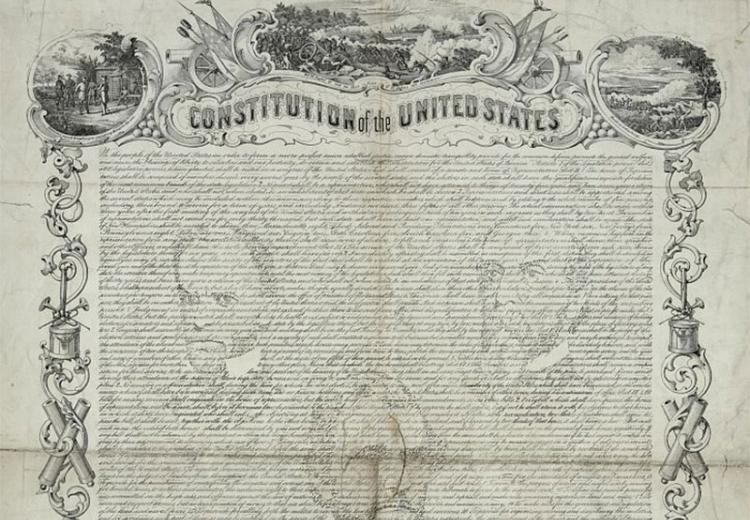The First Amendment: What's Fair in a Free Country?

The U.S. Constitution.
Young people have a profound sense of the importance of fairness. "It's not fair" is often used as a one-size-fits-all argument when a child feels victimized. In situations where the child has an interest in protecting his or her actions, "It's a free country!" is often the argument of choice. On the other hand, children are very sensitive about speech and policies they consider to have a negative effect on their well-being. Almost every day on the playground, the difficult issues surrounding our right to free speech and our responsibility to avoid harming someone else with our speech are debated with as much emotion — if not as much impact — as they have been in the courts, legislatures, and meeting halls of this land.
Balancing rights and responsibilities is difficult, even for the Supreme Court. This lesson demonstrates to students that freedom of speech is an ongoing process.
Guiding Questions
How does the right to free speech conflict with our responsibility to consider the rights of others?
How is the First Amendment interpreted differently in different contexts?
Under what conditions is some speech limited and other speech protected?
Learning Objectives
Summarize the contents of the First Amendment
Give examples of speech that is protected by the Constitution and speech that is not protected by the Constitution.
